Ketubahs Combine Tech, Art
Miriam Karp uses modern techniques to customize Jewish wedding contracts for various ethnicities.
The art of creating ketubahs has changed over time, but Miriam Karp displays a passion for designing handmade Jewish wedding contracts through her business, Custom Ketubah (customketubah.com).
Karp was raised in Atlanta and moved to New York for college, earning a master’s in painting. from the State University of New York at Albany. Upon graduation, she took calligraphy classes in English and Hebrew, and she created her first ketubah while living in Brooklyn.
“I got to combine my love of letters and calligraphy as well as being a painter into one, it was a great combination,” Karp said.
Get The AJT Newsletter by email and never miss our top stories Free Sign Up
She decided to design her own ketubahs after she discovered that most ketubah artists have a background in design and calligraphy but not necessarily fine arts. “To me, they all looked kind of the same. They had a very hard edge and were filled in, and I wanted to make something very different,” Karp said. “A lot of people were doing lithographs or silk screens, but I wanted to do handmade etchings.”
She possessed little knowledge about etchings, but when she moved to Italy, she produced a series of them with a master etcher. “They were very different because they were handmade, and of course there wasn’t a huge market for them,” Karp said. “But that’s when I realized that people either wanted a handmade ketubah or print, and I fell right in between.”
The art of giclee changed the playing field for Karp, who found she could produce a ketubah using art and technology. “I thought, ‘OK, I should start doing this. It’s fabulous, and I can now create a watercolor, scan it and use Photoshop to create what I want.’ It was so much easier than a handmade etching and opened a lot of doors for me having that print, especially done on fine watercolor paper.
“Giclee still produces a high-quality print but doesn’t have the amazing amount of work that goes into creating an etching,” Karp said. The print software provides greater flexibility for Karp, helping her accommodate her client’s needs. “I could now take out a tree and replace it with a rose bush, per the client’s request.”
When Karp started designing ketubahs, only a handful of artists were making them, but the Internet helped elevate her business to the next level. “I thought to myself, ‘I don’t have to do this locally anymore.’ I always worked nationally, but it was mostly through hearsay or rabbis who had heard about me before.”
Karp finds inspiration in Italy, where she lived for a year and a half and grew to admire Italian art and ketubahs. She also owns books on the history of ketubahs and enjoys experimenting with different styles.
“If you see my website, it is very eclectic, but I also try to draw my inspiration from various cultures. Jews come from all over the world, and the art they produced is reflective of the societies they lived in. I love that aspect,” Karp said.
In addition to painting florals, Karp draws inspiration from 18th century Dutch engravings if it’s not a commissioned work. She also considers herself a chameleon and is open to client suggestions.
Karp’s first step in creating a ketubah is understanding what her clients like, perhaps based on something they like on her website. She then conducts a long consultation with the couple. “It’s like art or marriage therapy because you learn a lot about the couple and see them negotiating what they want on the ketubah, what colors they like, and I also follow through with questions such as what symbols they like and what is important to them.”
The next step is to create a black-and-white sketch that can be adjusted based on the couple’s specifications before Karp begins making the final ketubah. After confirming the rough draft, Karp gets started.
“I always begin with the calligraphy first because if you make a mistake that can’t be fixed, like leaving out an entire line of the text, then you can start over with the calligraphy. But if you do the painting first, you are really screwed. I always tell people who are just starting out to start with the text first,” Karp said.
The ketubah design process has changed over five years. Most are now computer-generated rather than handmade.
“I think this is both good and bad,” Karp said “I have seen some amazing ketubahs online that are made from Vector art, and they are really quite beautiful, and some of the simpler designs are very gorgeous. I admire them, but it’s vector art and not hand-painted.”
Laser cutting has also become a popular trend in ketubahs.
Karp has created ketubahs for various Jewish ethnicities, including Indian, Moroccan and Ladino. She encourages couple to think of their budget when they select a ketubah and to learn what is important to them.
She also has created ketubahs for same-sex marriages and commitment ceremonies.
Although she received some criticism from the Jewish community in doing so, she feels strongly about providing her services to the LBGT community the past 10 to 15 years and wants people to know her website is a haven for same-sex couples.
She created a new category on her website, where she makes every pictured ketubah available to same-sex couples.
“Having a custom ketubah is meaningful to them,” Karp said.




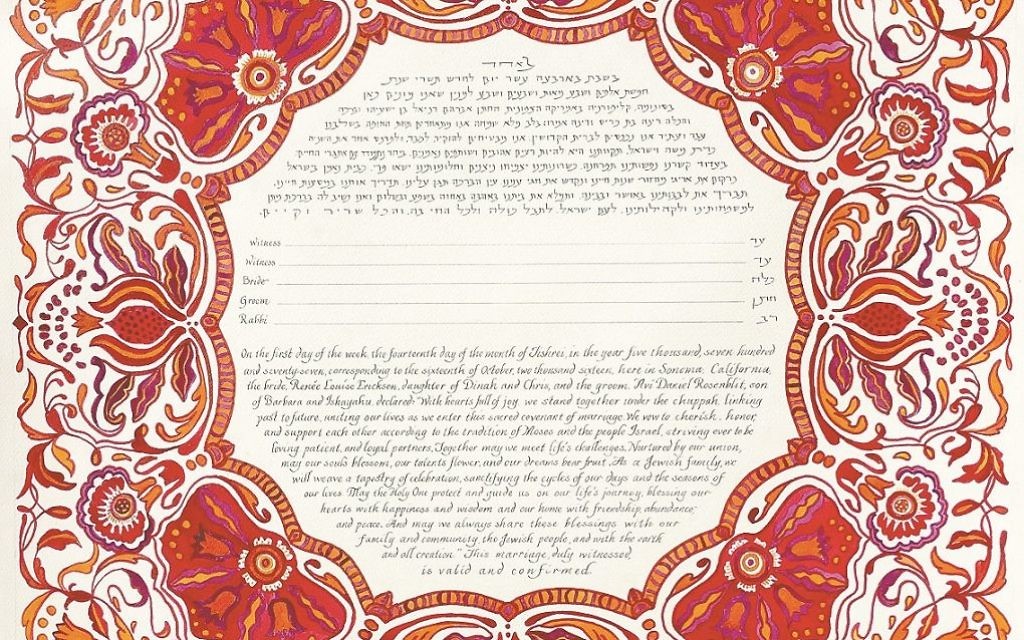
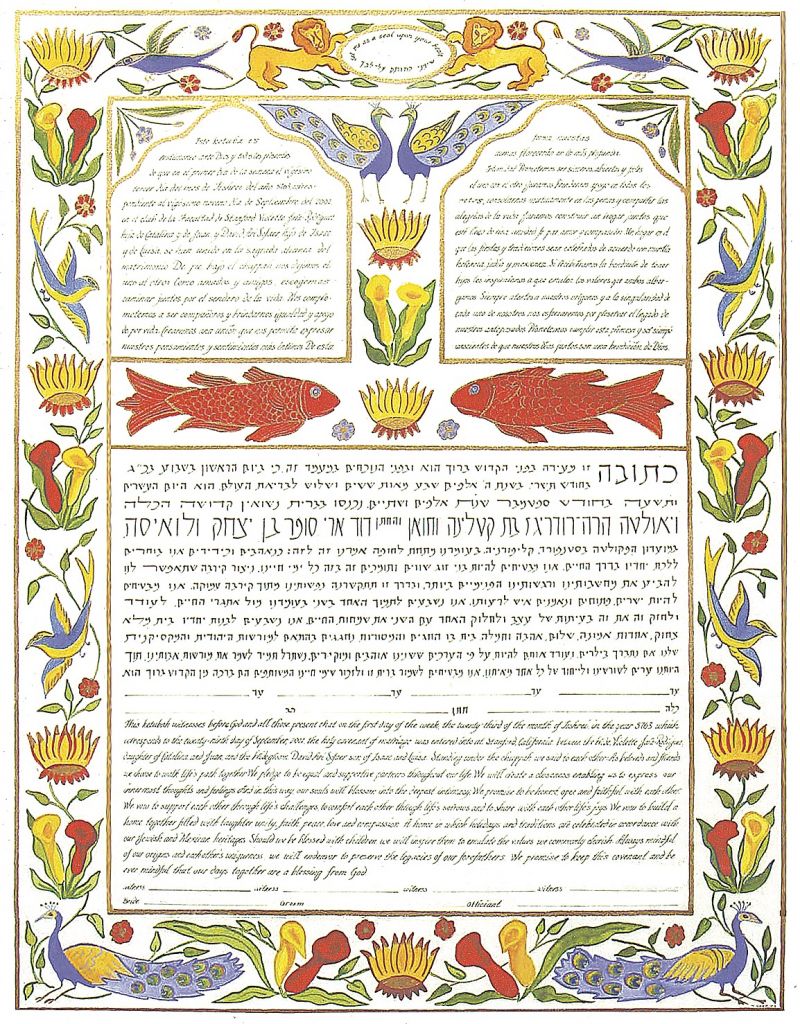
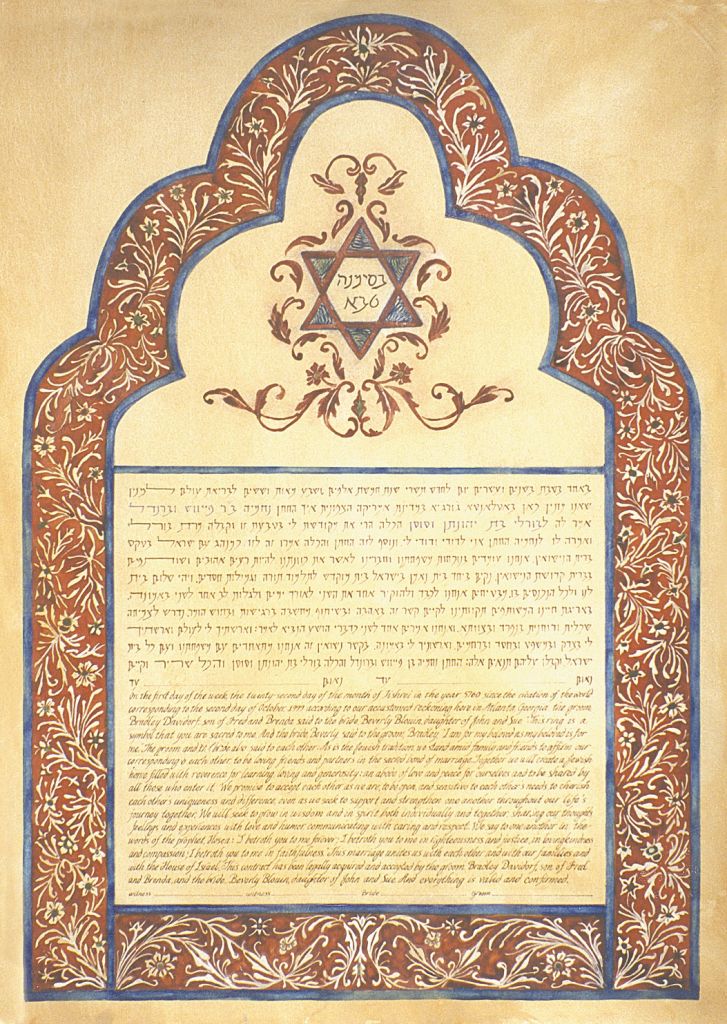
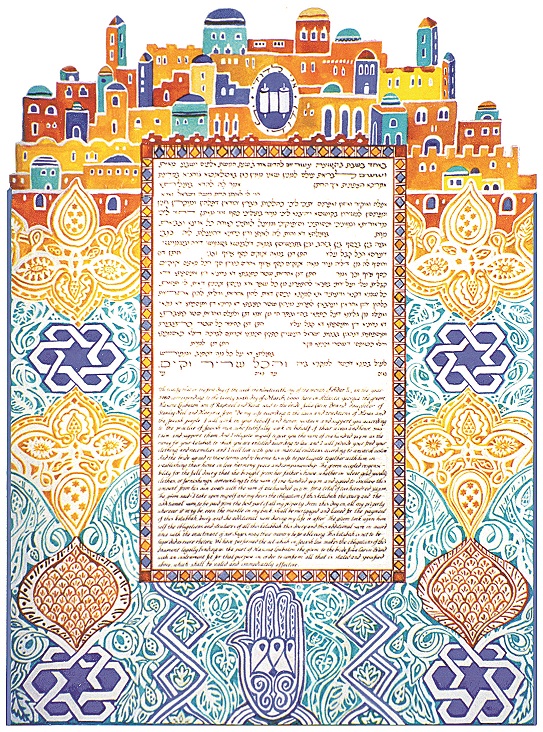

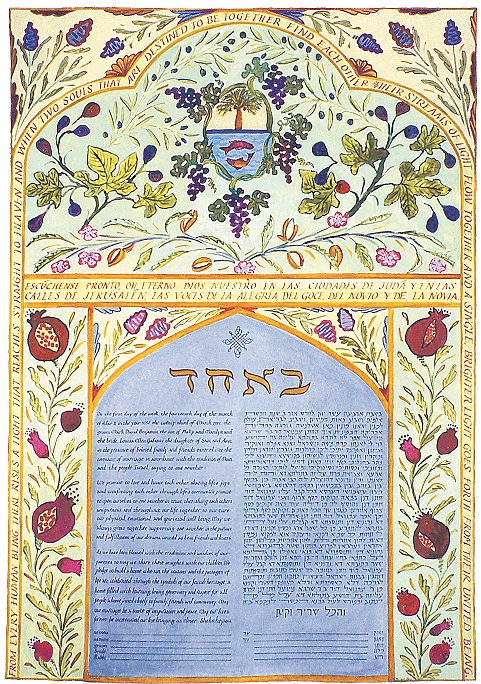
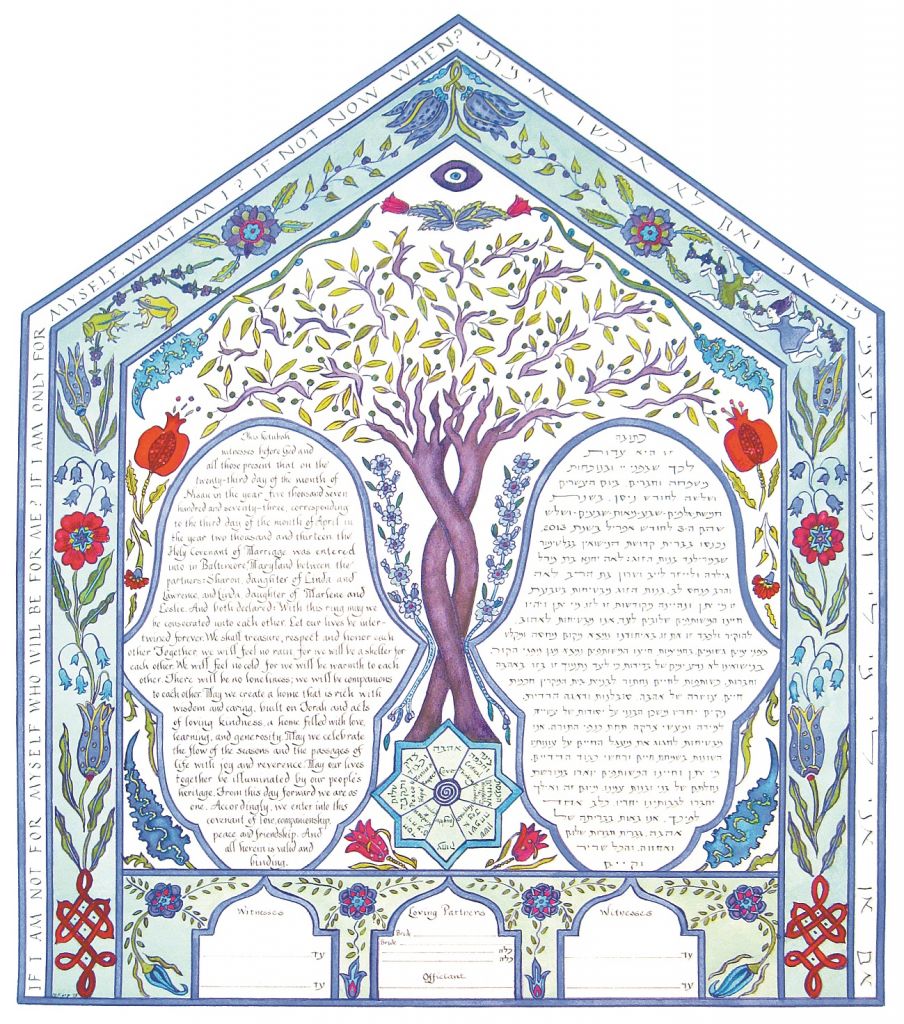
comments